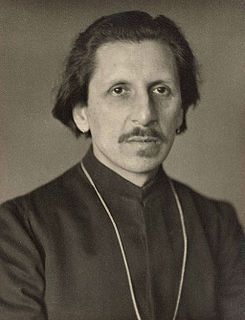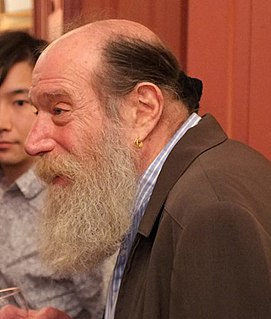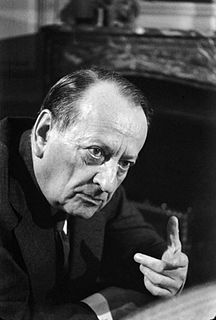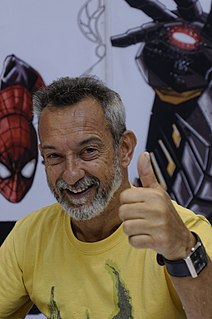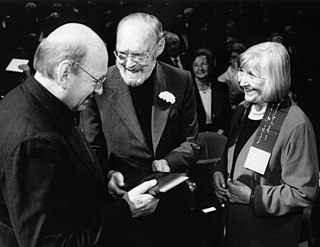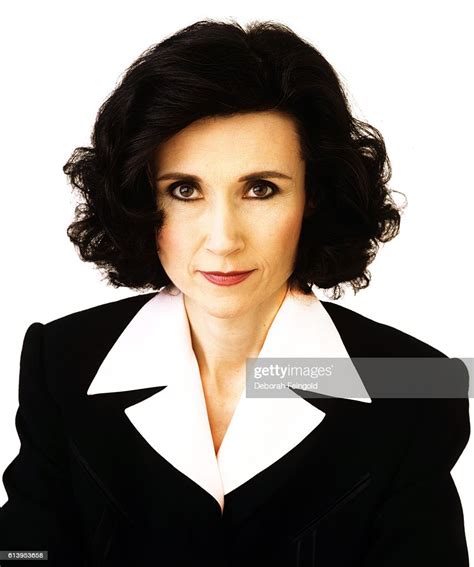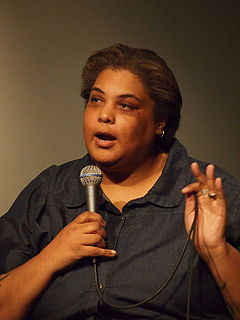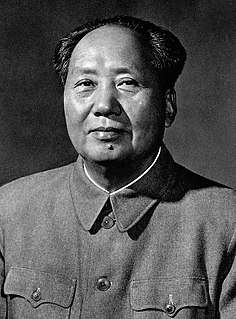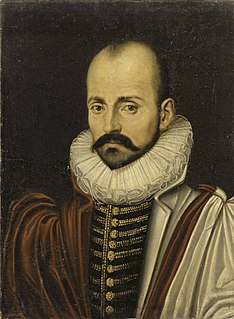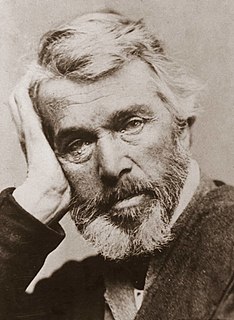A Quote by Ananda Coomaraswamy
We have come to think of art and work as incompatible, or at least independent categories and have for the first time in history created an industry without art.
Quote Topics
Related Quotes
I believe Picasso's success is just one small part of the broader modern phenomenon of artists themselves rejecting serious art- perhaps partly because serious art takes so much time and energy and talent to produce-in favor of what I call `impulse art': art work that is quick and easy, at least by comparison.
The best introduction by far to representation of the human figure in art. The Nude is a beautifully written work of sophisticated connoisseurship that analyzes art in its own terms rather than imposing strident, politicized categories on it. It outlines the major body types, male and female, in Western art and, via a wealth of illustrations, trains the reader's eye to detect and evaluate proportion. This book reveres art
What is it about a work of art, even when it is bought and sold in the market, that makes us distinguish it from . . . pure commodities? A work of art is a gift, not a commodity. . . works of art exist simultaneously in two “economies”, a market economy and a gift economy. Only one of these is essential, however: a work of art can survive without the market, but where there is no gift, there is no art.
I always thought that art that is produced somehow has to reflect the zeitgeist or the ambiance and the time and the history in which it is produced. I think it's inescapable. It's like we look back now, at work done savoring the thirties, and you can almost tell it was done during that period of time. Now maybe, that's a style of period or something, I don't know. I think my work, or the things that interest me, come out of my reaction to history.
